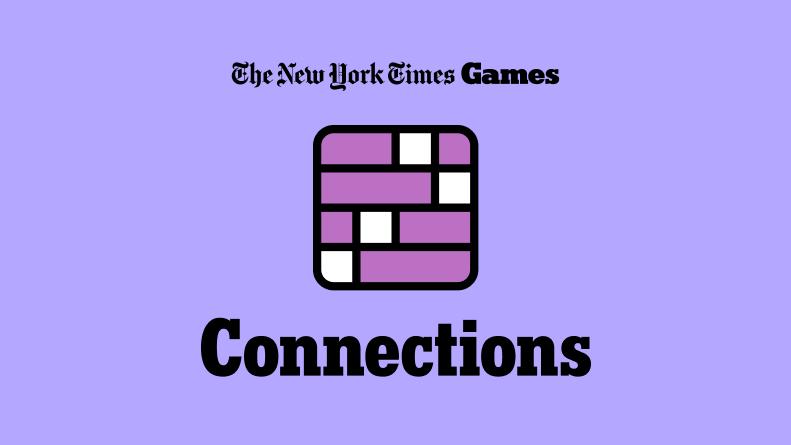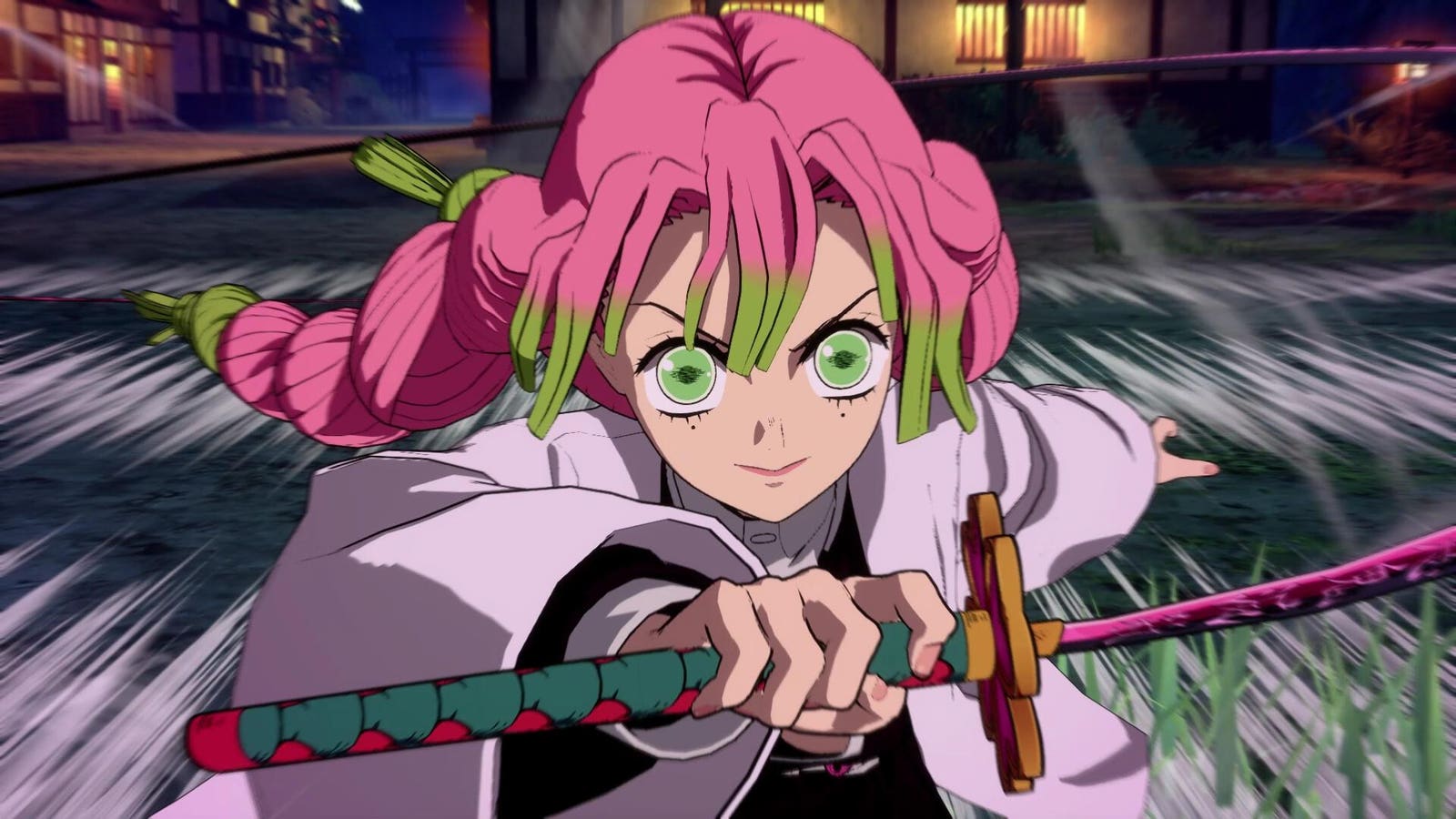We all love sharing TikToks, Instagram reels and memes to feel connected. But how do we know when … More
Sending memes, as the internet has discovered, is a form of “pebbling,” an incredibly romantic behavior exhibited by male Gentoo penguins. Male Gentoo penguins display their affection by presenting the most-perfect looking pebble they can find to their potential mate as a mark of affection. It’s a touching display that acts as a source of lifetime bonding.
Similarly , humans share videos, memes and jokes they think their loved ones would find amusing. It’s a way of saying, “I understand you and I know you would like this.”
The word “meme” was first coined by Richard Dawkins, an evolutionary biologist, in his 1976 book The Selfish Gene. He described memes as tunes, ideas, catchphrases or bits of information that spread quickly from one mind to another through imitation. It’s no wonder that the digital world has successfully incorporated the replicative nature of human culture; it’s often the simplest and most accessible ideas turn out to cast the widest net in human societies, and capture most imaginations.
Here are two powerful ways meme culture helps us process challenging emotions.
1. Memes Make Light Of Uncomfortable Situations
Imagine that you’ve unmuted yourself during a Zoom meeting while ranting about your boss, not realizing everyone, including your boss, could hear. At the time you were understandably mortified and written up at work, but now it’s a running joke among friends. Now, you can watch Brian’s work Zoom videos that your friend shared and laugh about how you’d been like Brian once upon a time.
Notice the shift in perspective about your sense of self. Initially, you may have been ashamed to have been perceived any differently by your coworkers, but later, you came to accept your imperfect self. You stopped taking yourself as seriously, and saw the humor in an otherwise challenging moment.
Humor looks different to everyone. One way to understand this is with the help of benign violation theory, which talks about how people laugh at something that’s typically threatening or uncomfortable, as long as it’s presented in a non-threatening, socially acceptable way.
A violation is anything that differs from your idea of how the world “should” be. For instance, it may include moral violations like dark jokes or social violations like disregarding hierarchy in the office. This is also why some people find certain jokes funny that others do not.
Moreover, memes appear to temporarily lighten the load of even traumatizing scenarios. For instance, reels where individuals jokingly treat bombs as shooting stars in the Iran-Israel war and add Katy Perry’s Firework as an audio highlight how memes are used to cope with serious threats and fears by attempting to make them absurdly funny.
The meme cycle churns out new content by the minute and if you’re away from your screen for even a day or two, you might miss a potentially viral reel that your friend circle is starting to share. This cycle lets people instantly latch onto a relatable post about mental health, heartbreak, job burnout or existential dread. This immediacy helps normalize pain by making it visible and less isolating.
2. Memes Help You Find A Community
Memes are essentially digital inside jokes. When people have inside jokes, they become a part of an “in-group” where participants construe solidarity through agreement and shared humor. They may say things like “I get it” or “You’ve seen this too?”
Sometimes, sharing and commenting on reels or memes may even become a form of interaction between friends, where one asks, “Hey, did you see that video I sent you? This reminds me of us.” In these ways, memes help people feel that there are others who “get them” and lessen feelings of isolation.
An interesting way these communities run is by sharing and associating with memes to indicate their knowledge of that subculture, explains Julian Burton, PhD in his research on youth, memes and the power of online cultural politics.
Think of the recent Justin Bieber confronting paparazzi with a “It’s not clocking to you” outburst that went viral. People started sharing the same by mimicking his lines as he talks. The singer himself took part in the meme-making process by sharing a remixed version of his own.
But how far is too far when it comes to our reliance on memes? Memes reflect our need to be seen, to be understood and to turn pain into something bearable. But they are not meant to be a replacement for therapy or deeper emotional work.
Meme culture has become our online, and sometimes our only, source of connection. Many end up resorting to jargon-heavy memes as a way to cope, instead of seeking help outside of these self-validating online communities.
Pebbling is all fun and games, until we realize we’re all exchanging neatly packaged versions of our pain. We need to understand the fine line between having fun and avoiding deeper issues, because knowing when to laugh and when to reach out might just be the most meaningful pebble we can offer ourselves.
Is your daily scroll through social media helping or hurting you? Take this science-backed test to find out: Doomscrolling Scale









